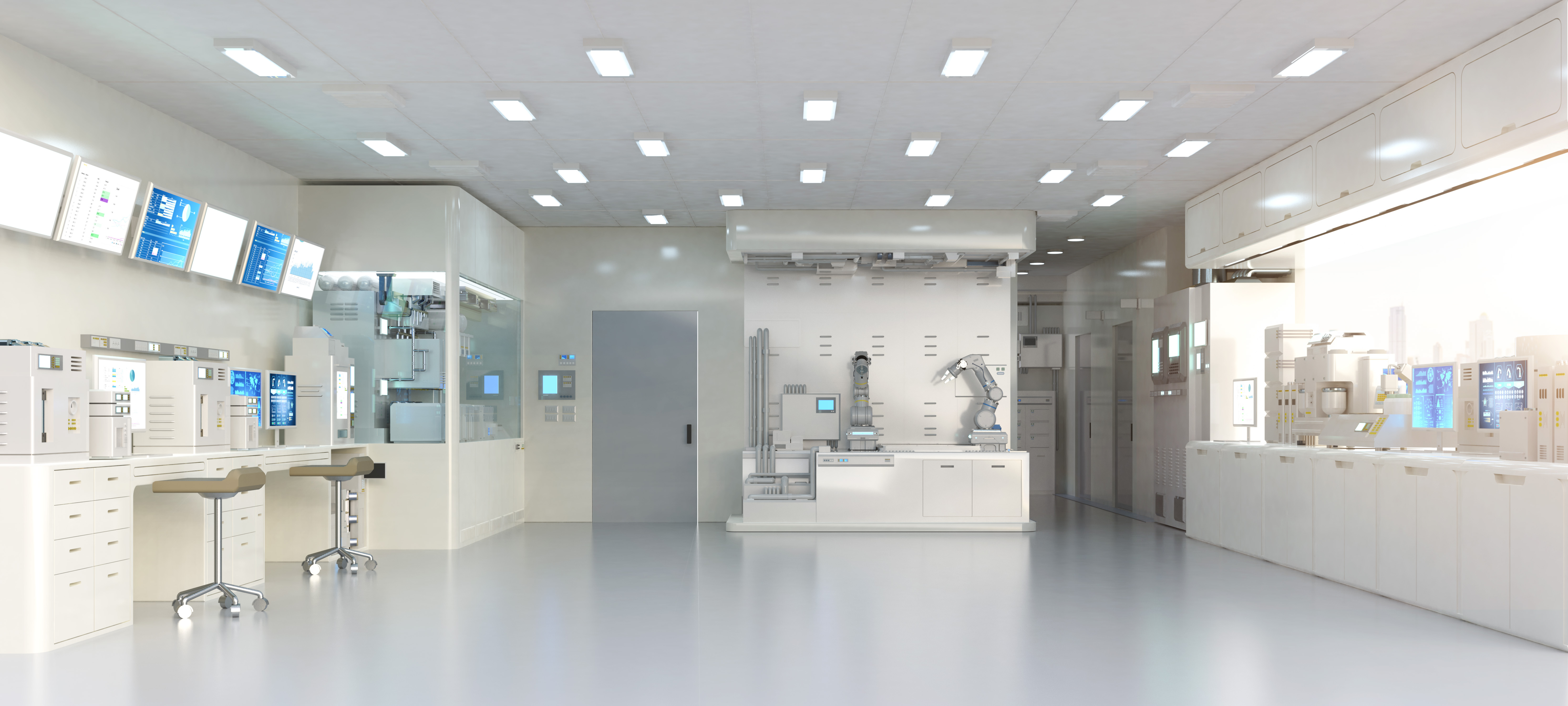Facility Design
S3: Science Safety Security

All biological laboratories in the United States incorporate specific design elements, called “engineering controls”, to protect laboratory workers and communities from infectious agents and toxins.
Examples of engineering controls include non-porous, easily cleaned surfaces, interlocked doors that control laboratory access, “hands free” sinks that reduce inadvertent exposures to infectious agents or toxins, and directional air handling systems that filter air in the laboratory. Multiple design elements may be built into a laboratory space. The laboratory design elements required to conduct work safely are determined by a biological risk assessment. The biological
risk assessment results in the assignment of a biosafety “level” to a specific laboratory space. Facility design may also include measures for the
physical security, as well as safety, of the laboratory space.
For additional information on engineering controls, please see the
Biosafety in Microbiological and Biomedical Laboratories (BMBL) section on biosafety level criteria. The National Institutes of Health (NIH) also maintains a
Design Requirements Manual for Biomedical Laboratories and Animal Research Facilities (DRM), which contains requirements for new buildings owned, leased, or renovated by the NIH. The FESAP developed a Best Practices Checklist for use when considering the construction of high-containment laboratories.

